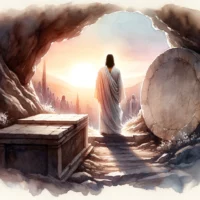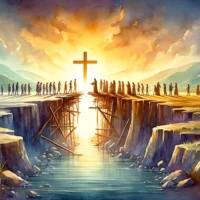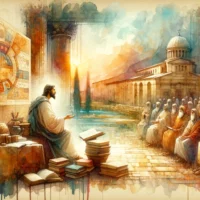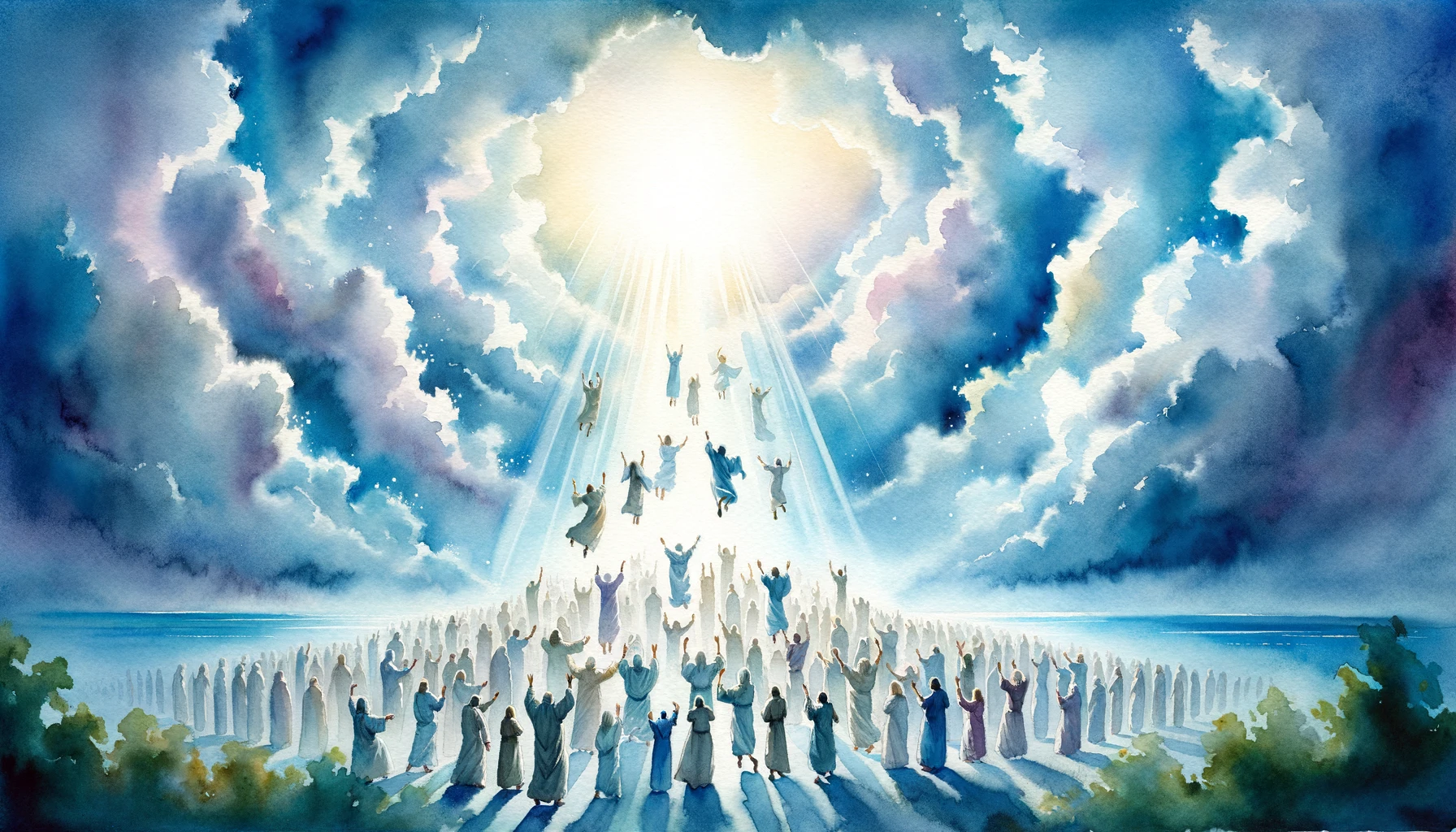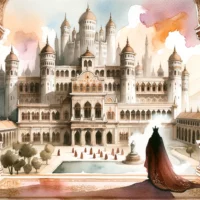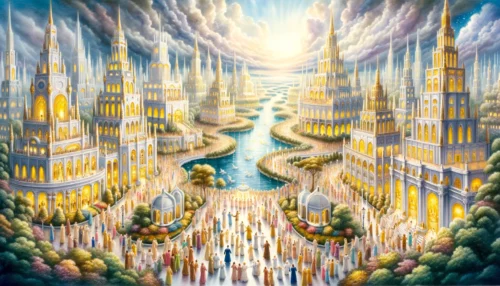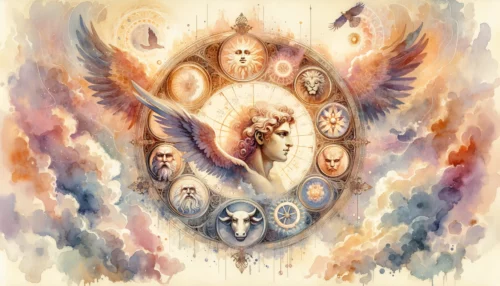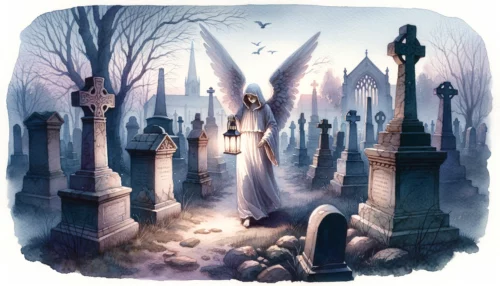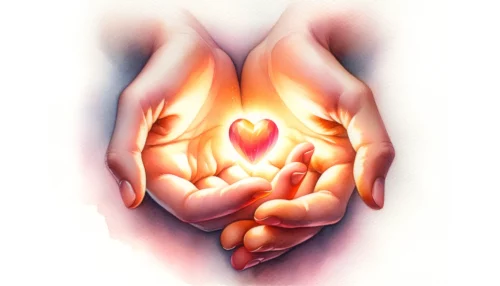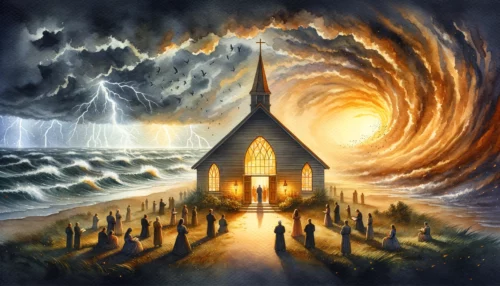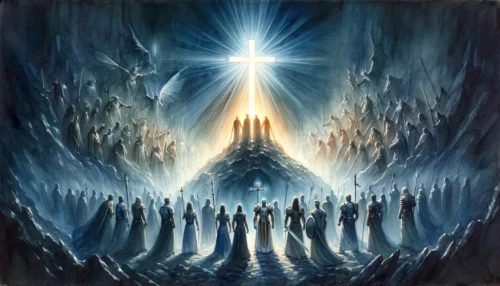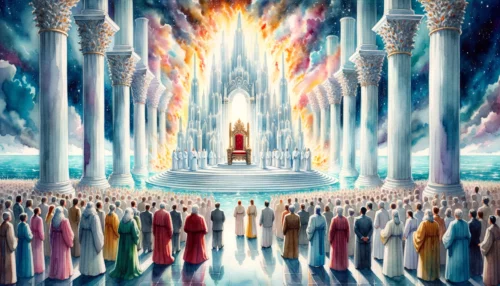The Bible presents two significant events that mark the end times – the Rapture and the Second Coming of Christ. Both are monumental, yet they possess unique characteristics and occur at different times in the prophetic timeline. Understanding these events is crucial in appreciating the depth of God’s plan for humanity’s ultimate redemption.
Defining the Rapture: Origins and Description
The concept of the Rapture is rooted in the New Testament’s epistles written by the Apostle Paul. In essence, the Rapture is the sudden removal or “catching away” of true believers from the earth to meet the Lord in the air. It’s a momentous event that promises a dramatic transformation for the faithful.
The Apostle Paul wrote to the Thessalonians about the Rapture, indicating that the Lord Himself would descend from heaven with a shout, with the voice of the archangel, and with the trumpet of God. At that moment, those who have died believing in Christ will rise first. Then, those who are alive and have kept their faith will be caught up together with them in the clouds, to meet the Lord in the air (1 Thessalonians 4:16-17).
This miraculous event will occur suddenly, in the twinkling of an eye, and will mark a change in the bodies of the faithful. They will be transformed from mortal to immortal, from corruptible to incorruptible, as Paul described to the Corinthians (1 Corinthians 15:51-52). This transformation signifies the believers’ complete redemption, as they will be equipped with bodies like that of the glorified Christ.
The Rapture is considered a time of hope and joy for believers. It is the moment they are united with Christ and are spared from the great tribulation, a period of immense suffering that the world is yet to experience.
The Rapture, as defined in the New Testament, is a pivotal event in God’s prophetic timeline. It involves the sudden removal of believers from the earth, their transformation to immortality, and their meeting with the Lord in the air. This event is filled with hope for believers, as it signifies their union with Christ and deliverance from the upcoming tribulation.
The Second Coming of Christ: Understanding the Event
The Second Coming of Christ, also widely known as the Parousia, is another significant eschatological event detailed in the New Testament. This refers to the return of Jesus Christ to earth to fulfill promises made to His people and to establish His righteous reign.
Unlike the Rapture, which is characterized by suddenness and mystery, the Second Coming of Christ will be a visible and dramatic event. As described in the book of Revelation, Jesus will return in glory and majesty, riding a white horse and followed by the armies of heaven (Revelation 19:11-14). This coming will be clear and visible to all, as lightning that shines from the east to the west (Matthew 24:27).
The Second Coming is also the time when Jesus will judge the nations. He will separate the righteous from the unrighteous as a shepherd divides his sheep from the goats (Matthew 25:31-33). This judgment will bring ultimate justice, rewarding the righteous and punishing the wicked.
The Second Coming is linked to the establishment of God’s kingdom on earth. Jesus, the Messiah, will take His rightful place as King and will reign for a thousand years, a period known as the Millennium (Revelation 20:4). This will be a time of peace, righteousness, and the fulfillment of God’s promises.
The Second Coming of Christ is a much-anticipated event in Christian eschatology. It signifies Christ’s visible and triumphant return to earth, His judgment of the nations, and His establishment of a righteous kingdom. Unlike the Rapture, it is not a sudden and secretive event but one that will be evident and significant to all. It is the fulfillment of Christ’s promise to return and the ushering in of a new era of divine rule and peace.
Comparing and Contrasting the Rapture and the Second Coming
Both the Rapture and the Second Coming of Christ are key components of Christian eschatology. However, these two events differ in purpose, audience, and nature, making each distinct and unique in God’s prophetic timeline.
The Rapture primarily involves believers in Christ. It is a moment of transformation and union with the Lord, where the faithful—both living and dead—will be caught up in the air to meet Jesus (1 Thessalonians 4:16-17). This event happens suddenly, in an instant, and is often associated with deliverance from the tribulation that is to come upon the world.
On the other hand, the Second Coming of Christ involves all of humanity and will be visible to everyone (Matthew 24:27). This event is not secretive or sudden, but dramatic and evident. Jesus returns in glory, bringing judgement and establishing His kingdom on earth (Revelation 19:11-14, Matthew 25:31-33, Revelation 20:4).
Another significant difference lies in the timing of these events. The Rapture is expected to occur before the tribulation, a time of severe trials and suffering on earth. In contrast, the Second Coming happens after the tribulation, culminating in the establishment of Christ’s millennial reign.
The two events also differ in their locations. During the Rapture, believers meet Christ in the air (1 Thessalonians 4:17). In the Second Coming, Christ’s feet touch the Mount of Olives, signifying His return to earth (Zechariah 14:4).
The Rapture and the Second Coming are two distinct yet interconnected events in Christian eschatology. The Rapture is a sudden event that involves the transformation and catching away of believers, providing deliverance from the great tribulation. The Second Coming, conversely, is a visible, global event involving Christ’s triumphant return, His judgment of nations, and the establishment of His kingdom. These events, while different, contribute to the comprehensive narrative of God’s redemptive plan for humanity.
Grasping the Grandeur of God’s Plan
Having explored the distinct characteristics of the Rapture and the Second Coming, we are left with a profound sense of awe at God’s intricate plan for the end of days. The beauty lies in the balance of mystery and certainty, hope and justice, all woven into the fabric of these events.
For further contemplation, consider these questions:
- How do the descriptions of the Rapture and the Second Coming deepen your understanding of God’s redemptive plan for humanity?
- How do these events inspire you to live out your faith in the present moment?
- How does the knowledge of Christ’s return affect your perspective on current world events?
The journey of faith is filled with wonder and discovery. As we journey through the pages of scripture, we encounter the grand narrative of God’s love and redemption. Let the knowledge of these future events instill in you a sense of purpose, hope, and anticipation. For in God’s grand plan, every detail matters, every moment counts, and every believer plays a significant role. Let us look forward to these future events with faith, knowing that in all things, God works for the good of those who love Him.
